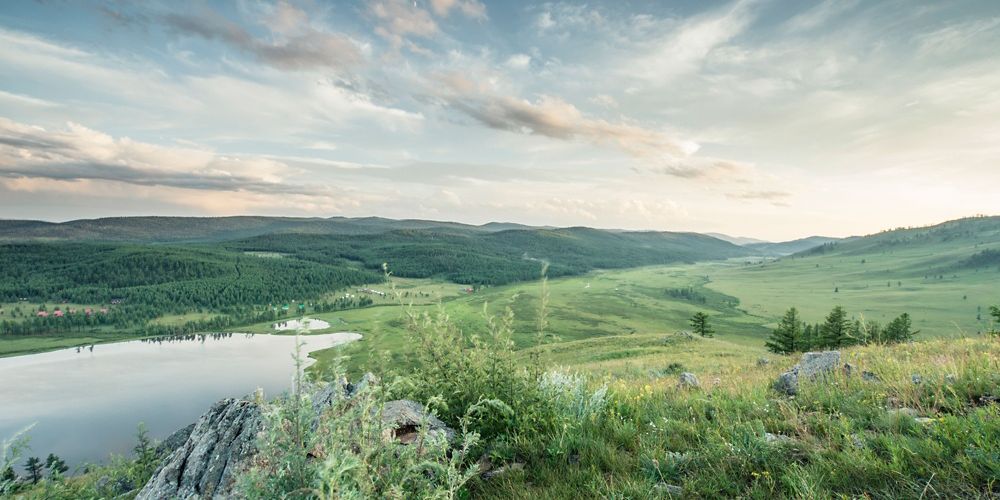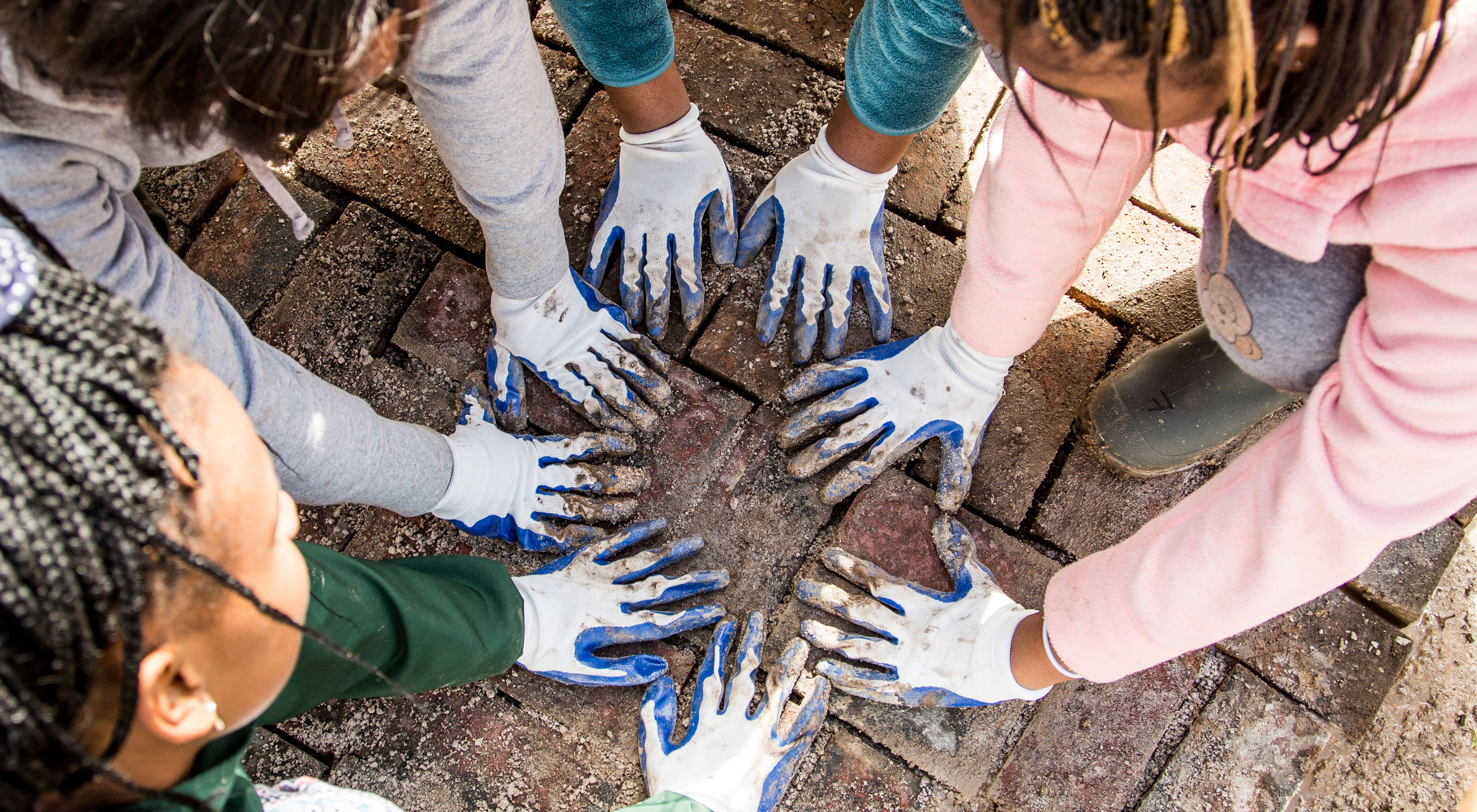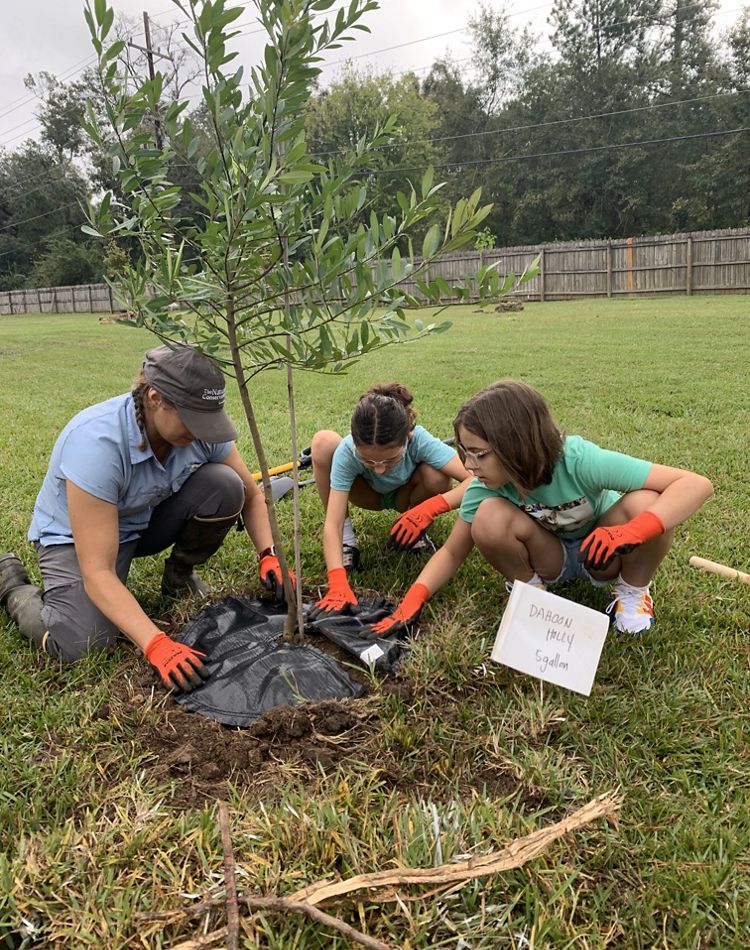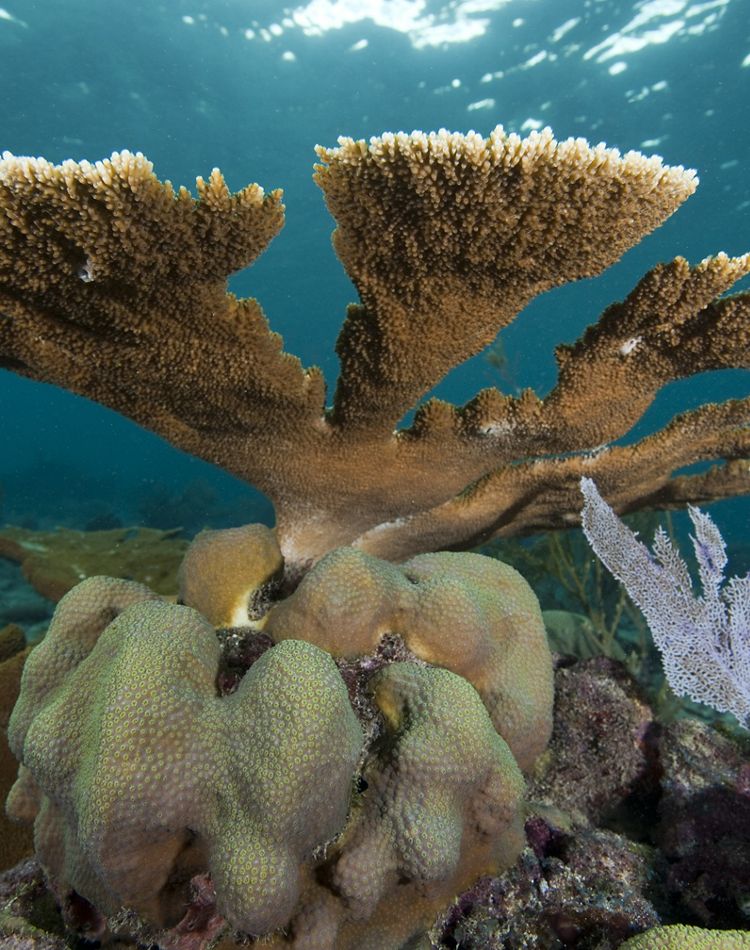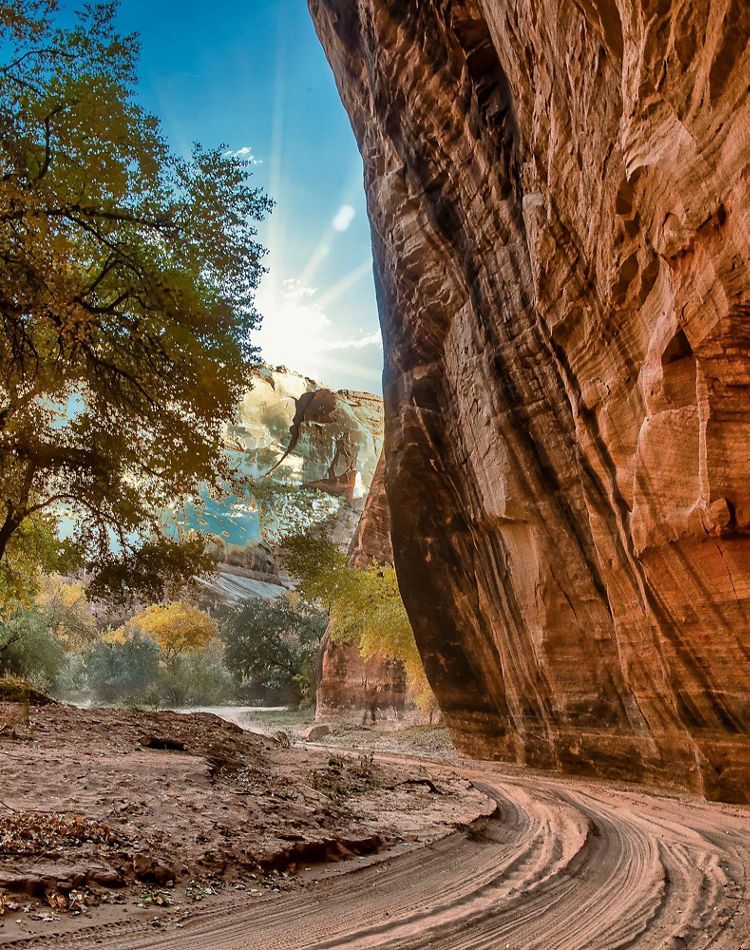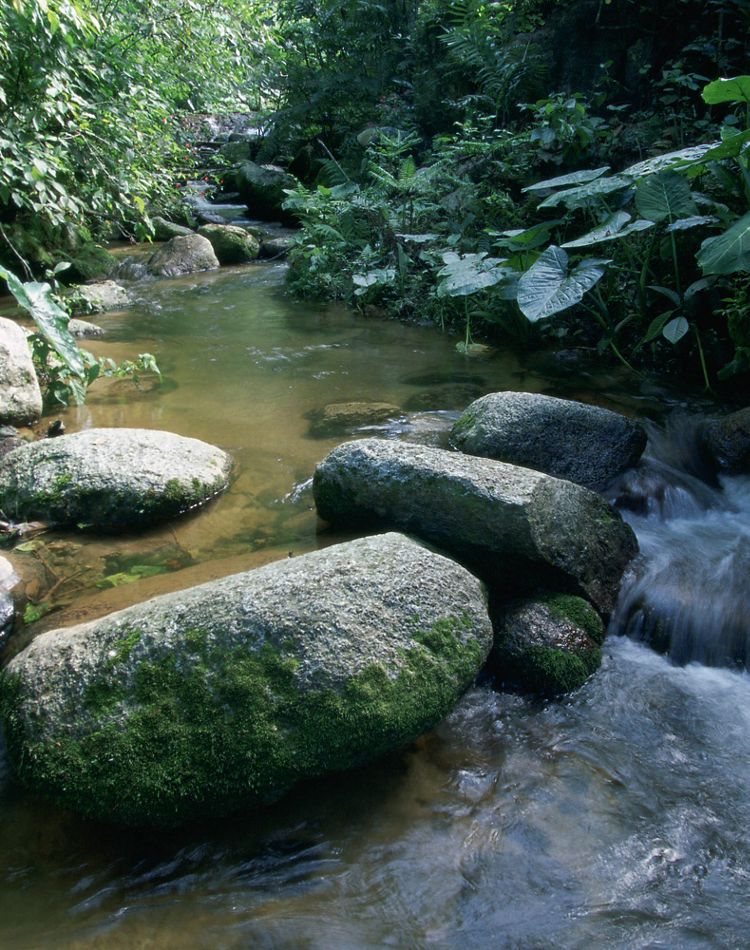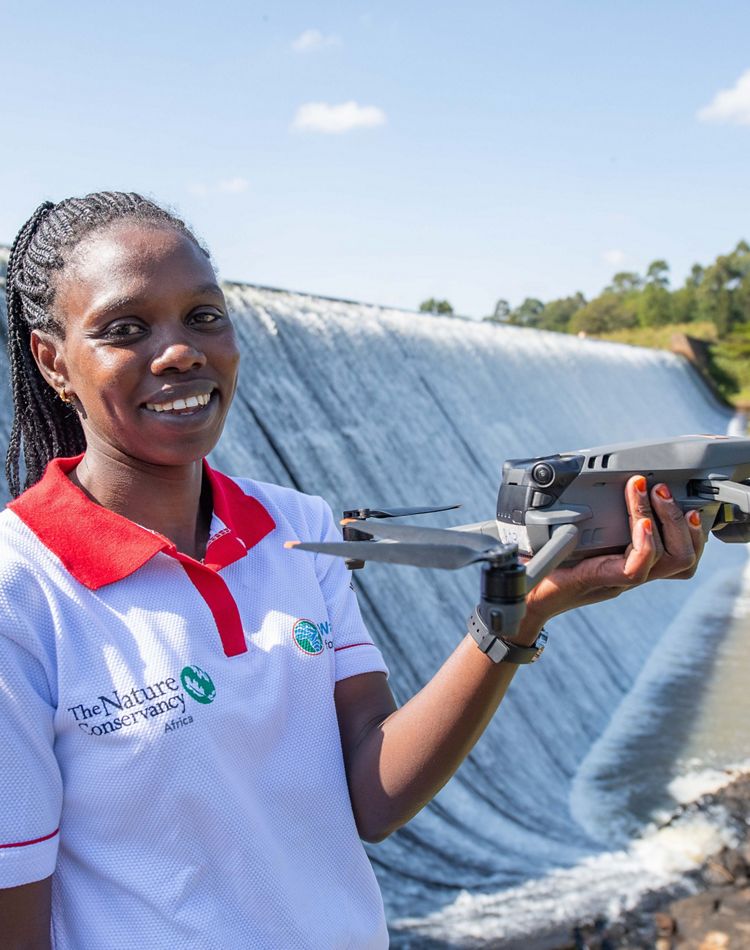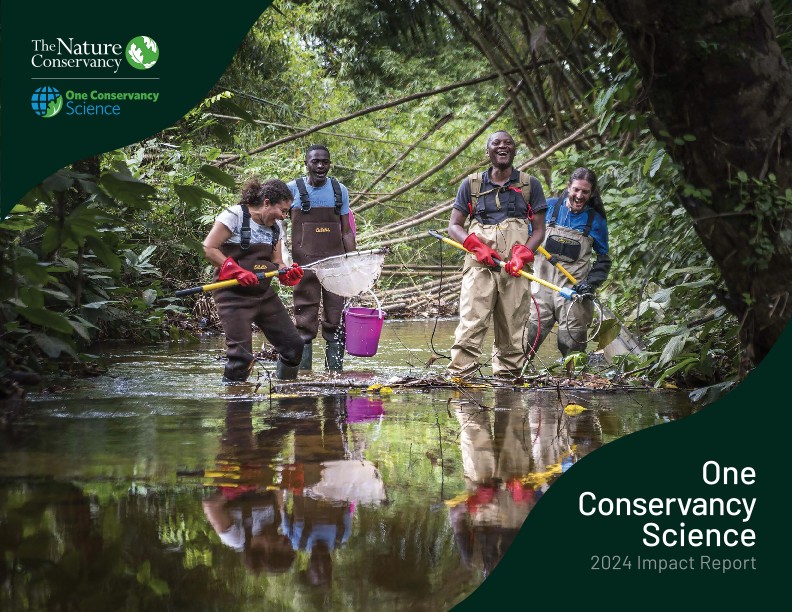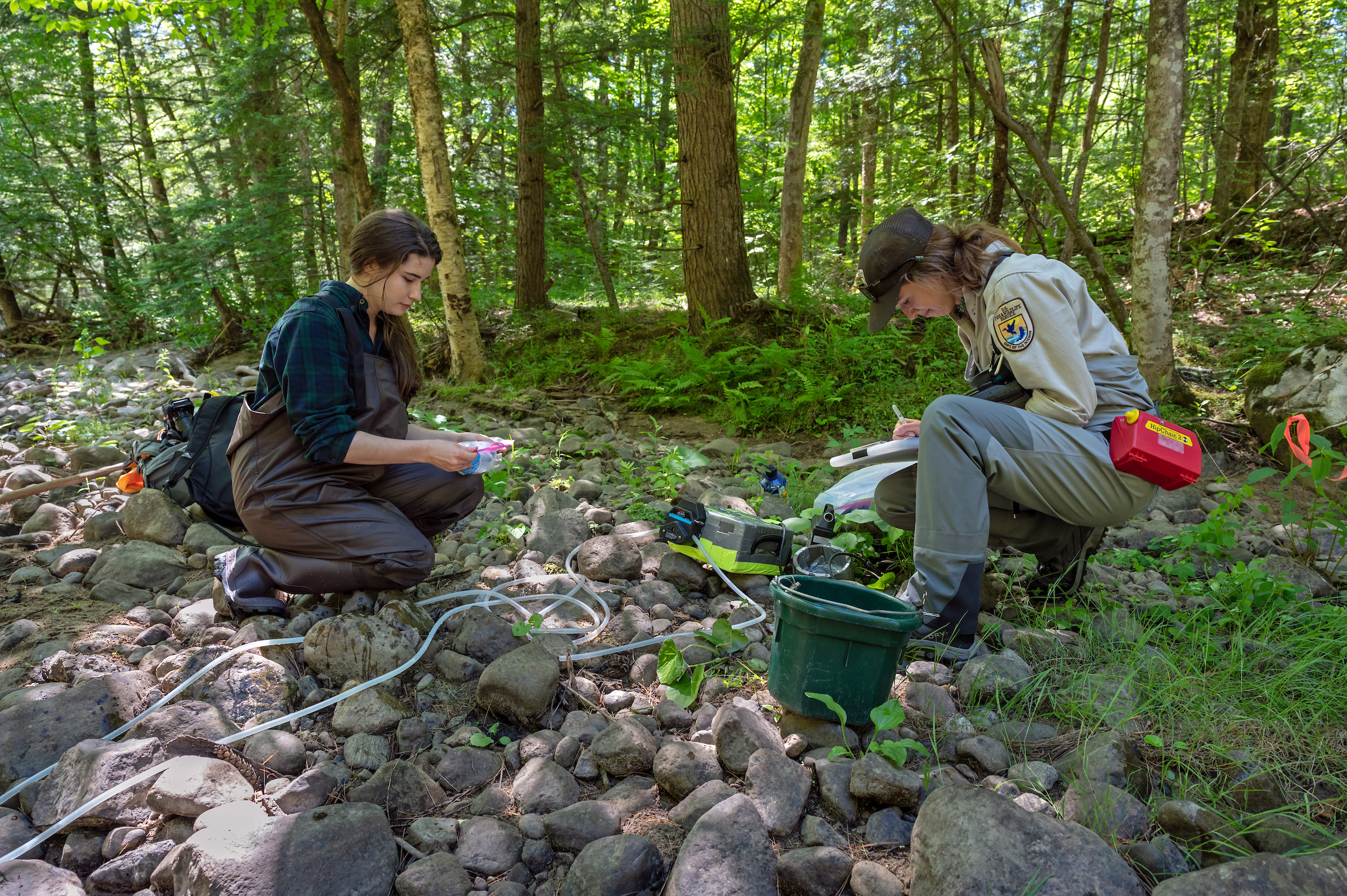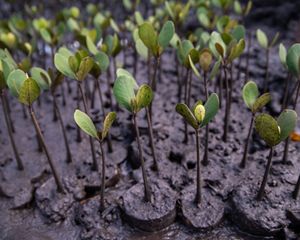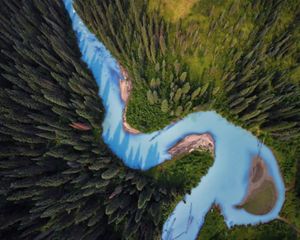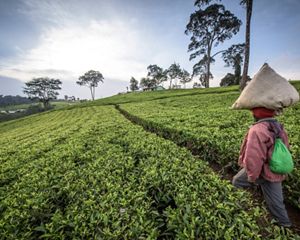Our Science
Through bold collaboration and diverse perspectives, TNC expands scientific expertise and drives global impact.

Follow the Science
At TNC, science has always been our foundation, guiding every decision, every strategy and every solution. As we face the twin crises of climate change and biodiversity loss, our commitment to world-class science is more critical than ever. Today, we’re focused on turning bold ideas into real-world impact, scaling solutions that drive lasting, systemic change.

Innovating for People and the Planet: The Scientific History of TNC
Science is the backbone of The Nature Conservancy’s mission to conserve the lands and waters on which all life depends. Science provides the evidence base for setting priorities, designing effective strategies and measuring impact. Science empowers TNC to address complex environmental challenges with solutions that are grounded in data, scalable across geographies and aligned with the needs of local people and communities.
From its origins in the Ecological Society of America to its evolution into a global conservation leader, science has always been core to the organization. Today, with nearly 1,000 science staff working across all 50 U.S. states and more than 80 countries and territories, TNC applies interdisciplinary science to address the twin crises of biodiversity loss and climate change. Our science staff—many of whom also serve as conservation practitioners, communicators and executive leaders—bring expertise from more than 60 disciplines/fields to develop scalable, locally grounded solutions.
TNC’s approach to science is collaborative, integrating cutting-edge technologies like remote sensing, artificial intelligence and bioacoustics with Indigenous and local knowledge. Whether advancing climate adaptation, marine spatial planning, sustainable agriculture, or natural climate solutions like agroforestry and reforestation, TNC science is designed to be used—informing decisions, guiding policy and driving impact at scale. For those seeking to create lasting change for people and nature, TNC offers a model where science is not just a tool, but a bridge to a better future.
Where Science Meets Impact
At TNC, science isn’t just a tool, it’s a bridge to a better future for biodiversity, climate and communities.



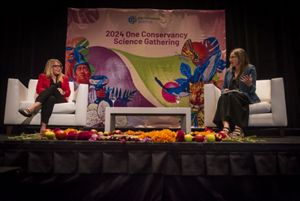

ORDWAY PRAIRIE: This preserve protects more than 800 acres of grasslands and woods that have been relatively undisturbed. © Wallace Dayton

Measuring trees: Conservation practitioners examine and measure trees in a wetland. © Mac Stone

Science-Based Solutions: A researcher measures water quality on an oyster reef. © Hannah Packman/TNC

OCS Gathering Opening: TNC CEO Jen Morris and Chief Scientist Katharine Hayhoe having a fireside chat at the OCS Gathering in 2024 © TNC
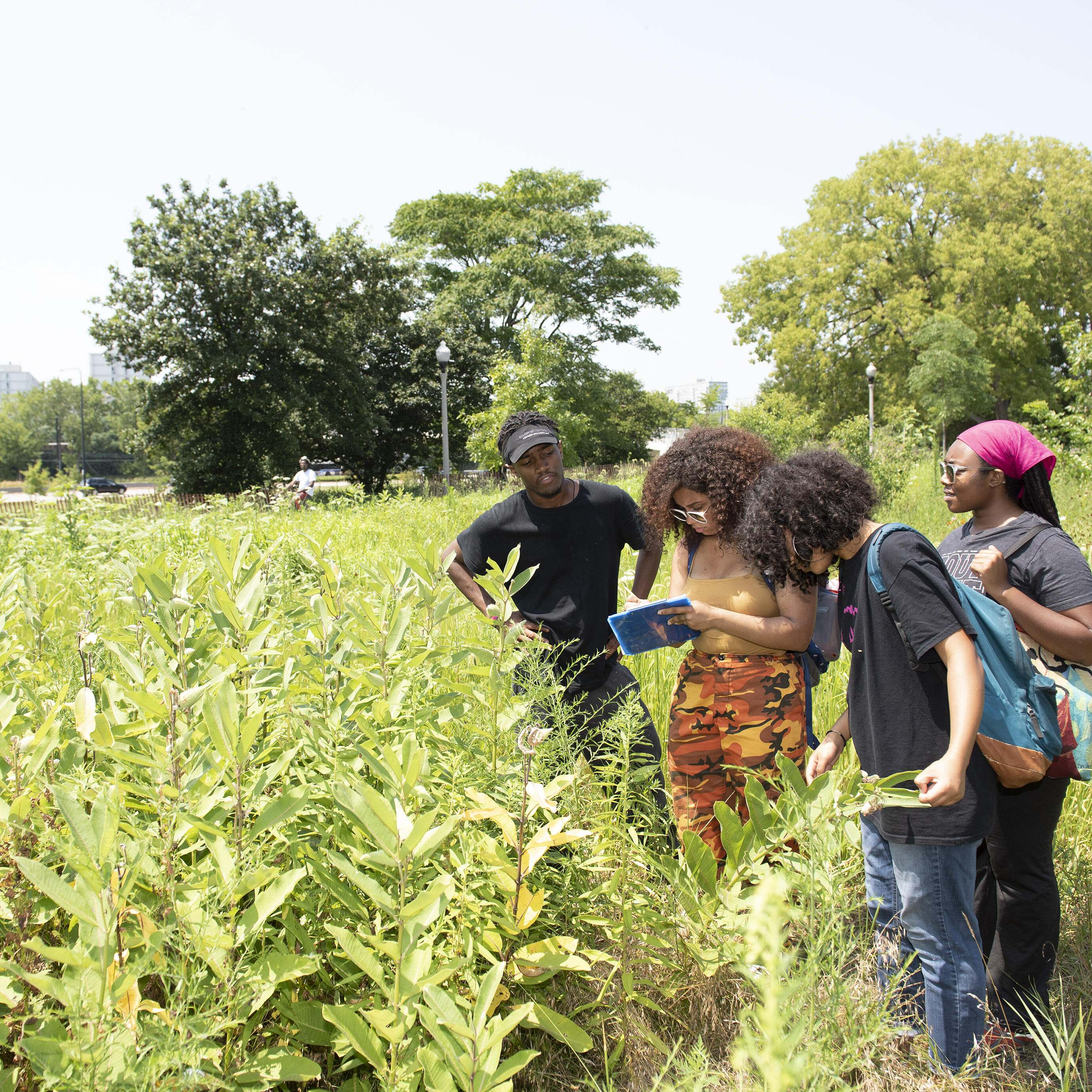
One Conservancy Science Program: By the Numbers
We provide the connectivity, training, resources and support needed to deliver state-of-the-art science to accelerate progress toward our 2030 goals.
-
1,000
Science staff at TNC
-
374
2024 publications authored or co-authored by TNC staff
-
60
# of science disciplines represented
-
80+
We impact conservation in more than 80 countries and territories.
The One Conservancy Science Program invests in four key areas
Our vision is to create a sustainable and interconnected science network
Our Science Works to Advance the 2030 Goals
-
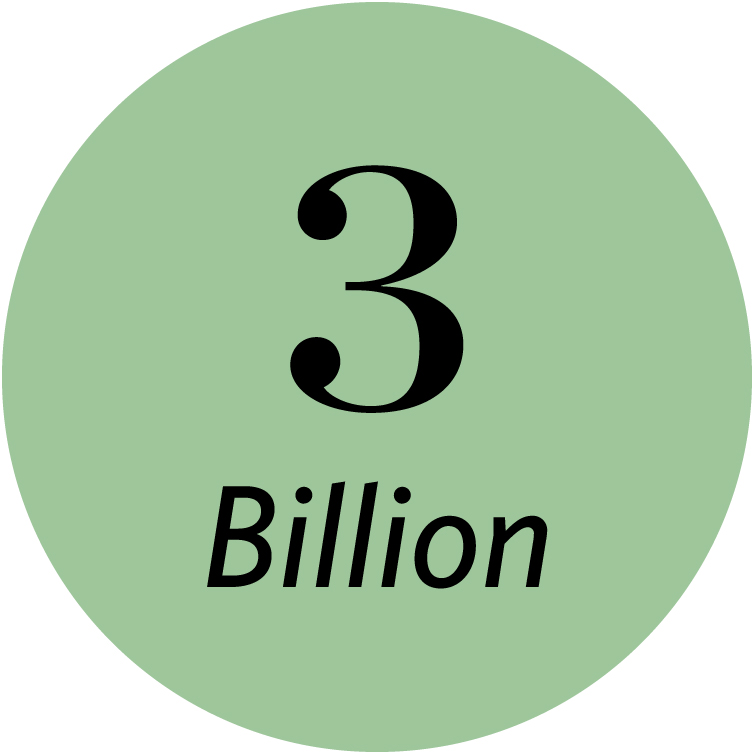
Avoid or sequester 3 billion metric tons of CO2 emissions annually
Using the power of nature and strength of policy and markets to store carbon, support the renewable energy build-out and reduce emissions equivalent to nearly 10% of global emissions from fossil fuels. Learn about Natural Climate Solutions.
-
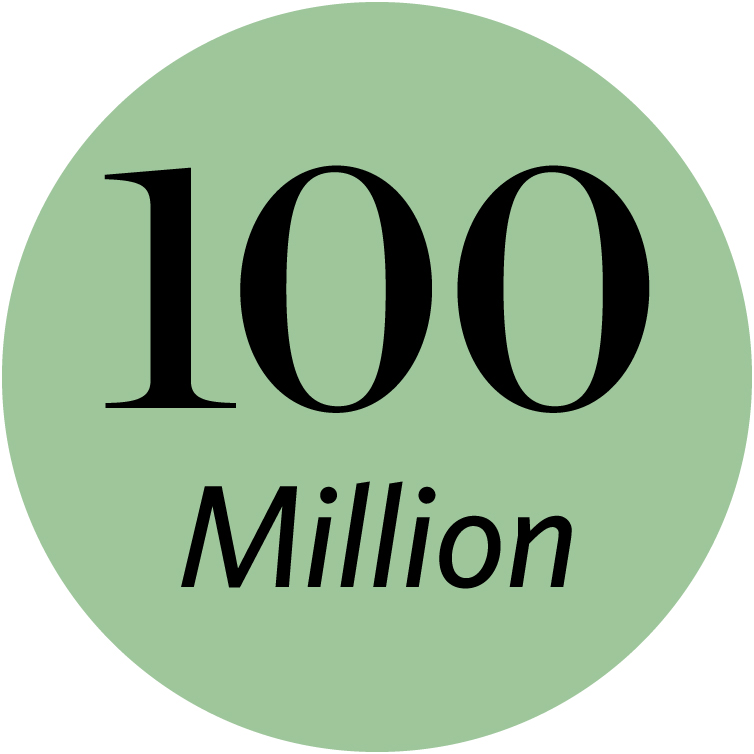
Help 100 million people at risk of climate-related emergencies
Protecting and restoring the health of natural habitats—from mangroves and reefs to floodplains and forests—that help protect communities from storm surge, extreme rainfall, severe wildfires and sea level rise. How we're strengthening coastal resilience.
-
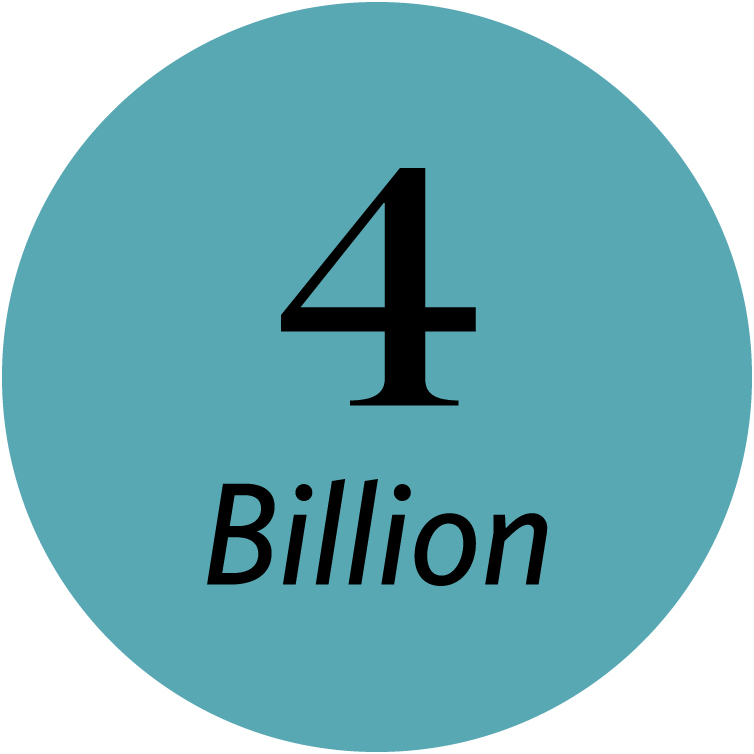
Conserve 4 billion hectares of ocean
Making sure the oceans thrive through new and better-managed protected areas, global-scale sustainable fishing, innovative financing and positive policy changes to how the world governs the seas. Learn how climate-ready fisheries can restore ocean health.
-

Conserve 650 million hectares of land
Partnering with communities across the globe to restore & improve management of working lands, support the leadership of Indigenous peoples as land stewards, & conserve critical forests, grasslands and other habitats rich in carbon & biodiversity. Explore our conservation projects around the world.
-
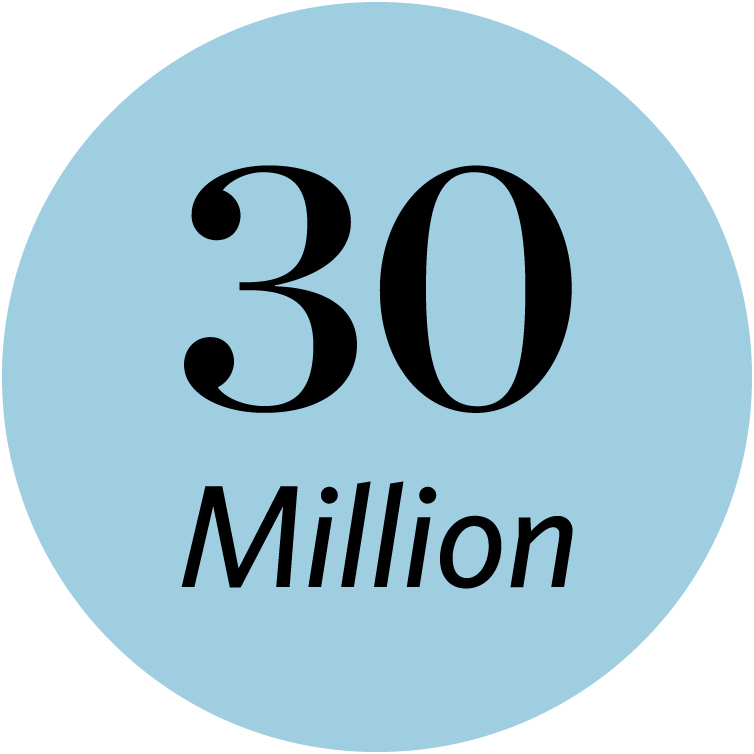
Conserve 30M hectares of lakes & wetlands, 1M kilometers of river systems
Promoting innovative solutions and policies that improve the quality and amount of water available in freshwater ecosystems and to communities. Read more on our sustainable rivers projects.
-
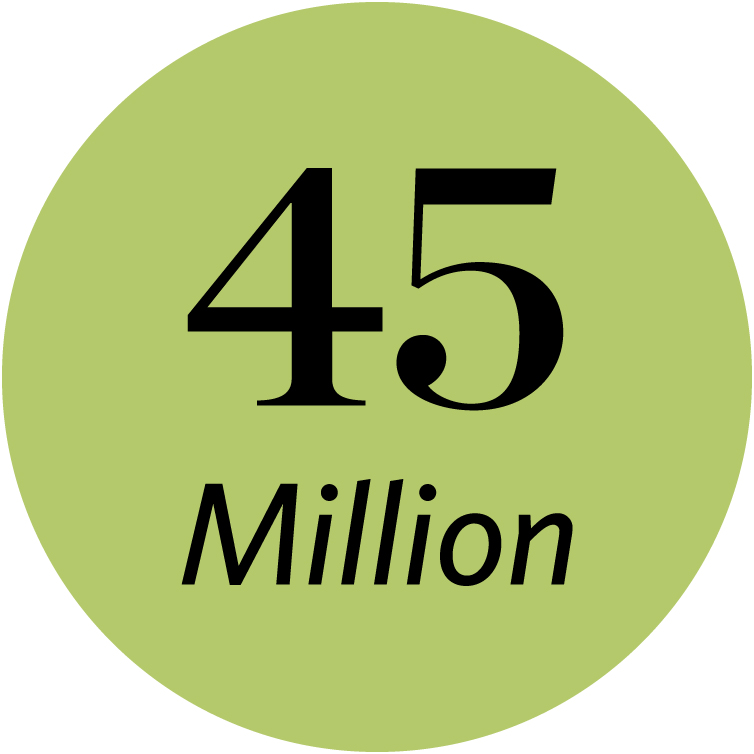
Support 45 million people, partnering with local and Indigenous communities
Partnering with Indigenous Peoples and other communities to learn from and support their leadership in stewarding the environment, securing rights to resources, improving economic opportunities and shaping their future. Learn how we partner with Indigenous Peoples and local communities.
Download
Explore key science resources at TNC
Learn more about the science behind our conservation work. These key resources offer insights into the data, research and innovations that guide The Nature Conservancy’s global efforts to protect nature and people.
-
Science Catalyst Fund Impact Report
The inaugural report of The Nature Conservancy’s 2030 Science Catalyst Fund spotlights how rapid-response research is accelerating science-based action across the globe. Check out the Inaugural Report Here
-

Council of External Science Advisors
In late 2024, TNC established the Council of External Science Advisors (CESA) for the OCS program. The CESA ensures TNC's science aligns with the latest advancements, providing independent oversight and guidance on critical topics. Council of External Science Advisors
-
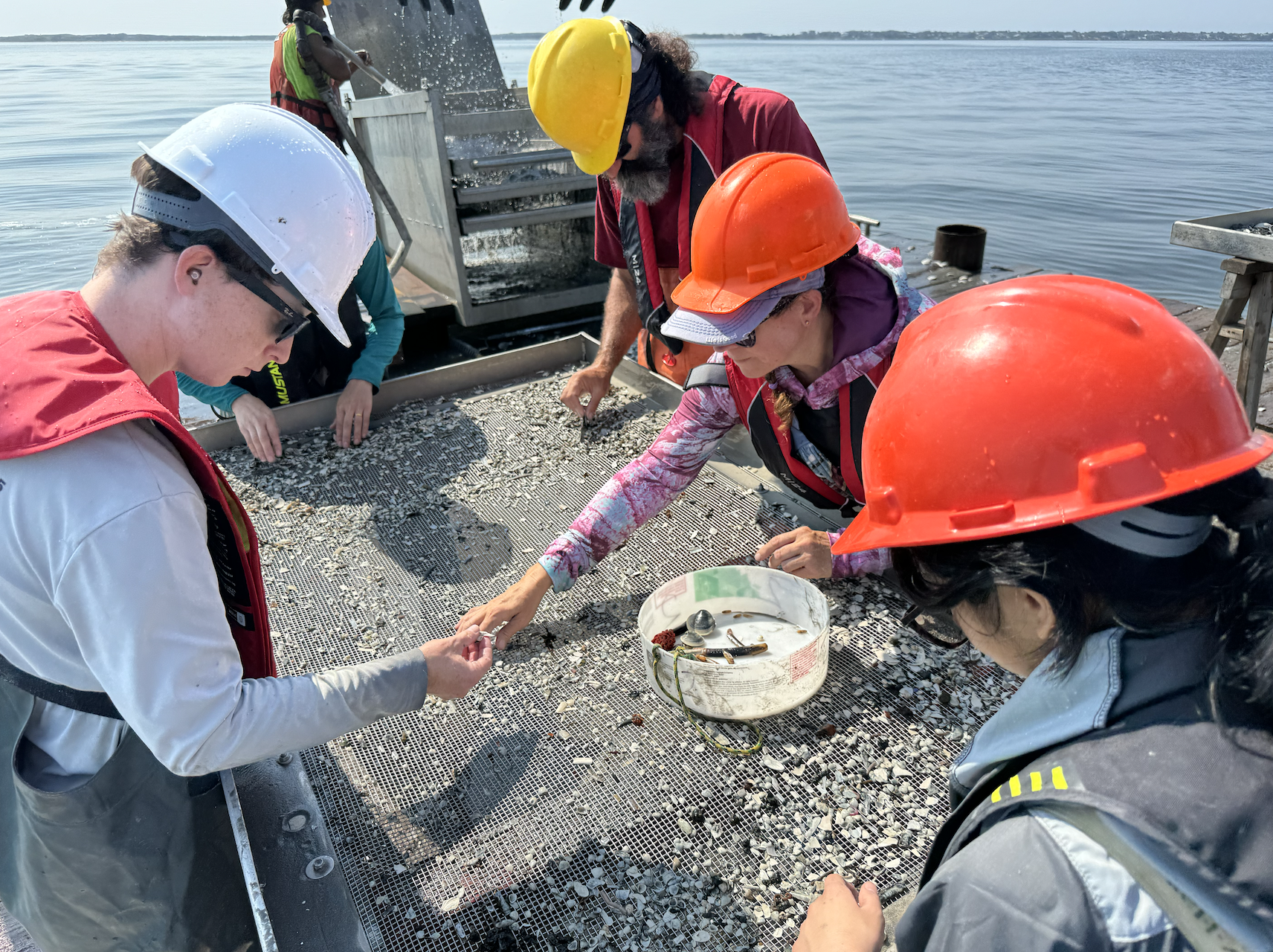
Scientists Powering Conservation
Get to know the scientists driving conservation forward. Their biography pages offer a closer look at the people behind the research, restoration and innovation shaping our planet’s future. Our Scientists
-

Science for Nature & People Partnership
SNAPP is a global partnership that funds expert teams to create data-driven, scalable solutions linking nature conservation to human well-being, focusing on climate, food, water, oceans and social innovation. Learn More About SNAPP
-
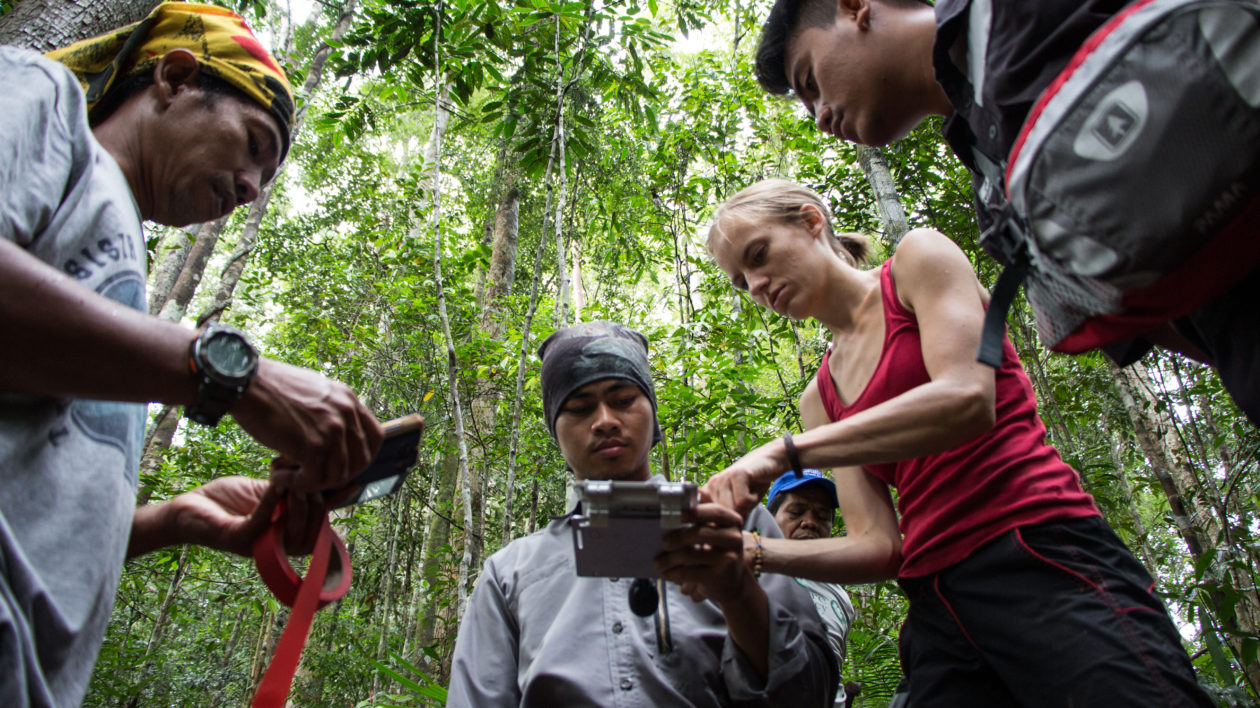
Cool Green Science
Cool Green Science shares how conservation science tackles climate change and biodiversity loss. Through field stories, expert insights and fascinating discoveries, it connects readers to the science behind protecting nature. Check out the blog here
-
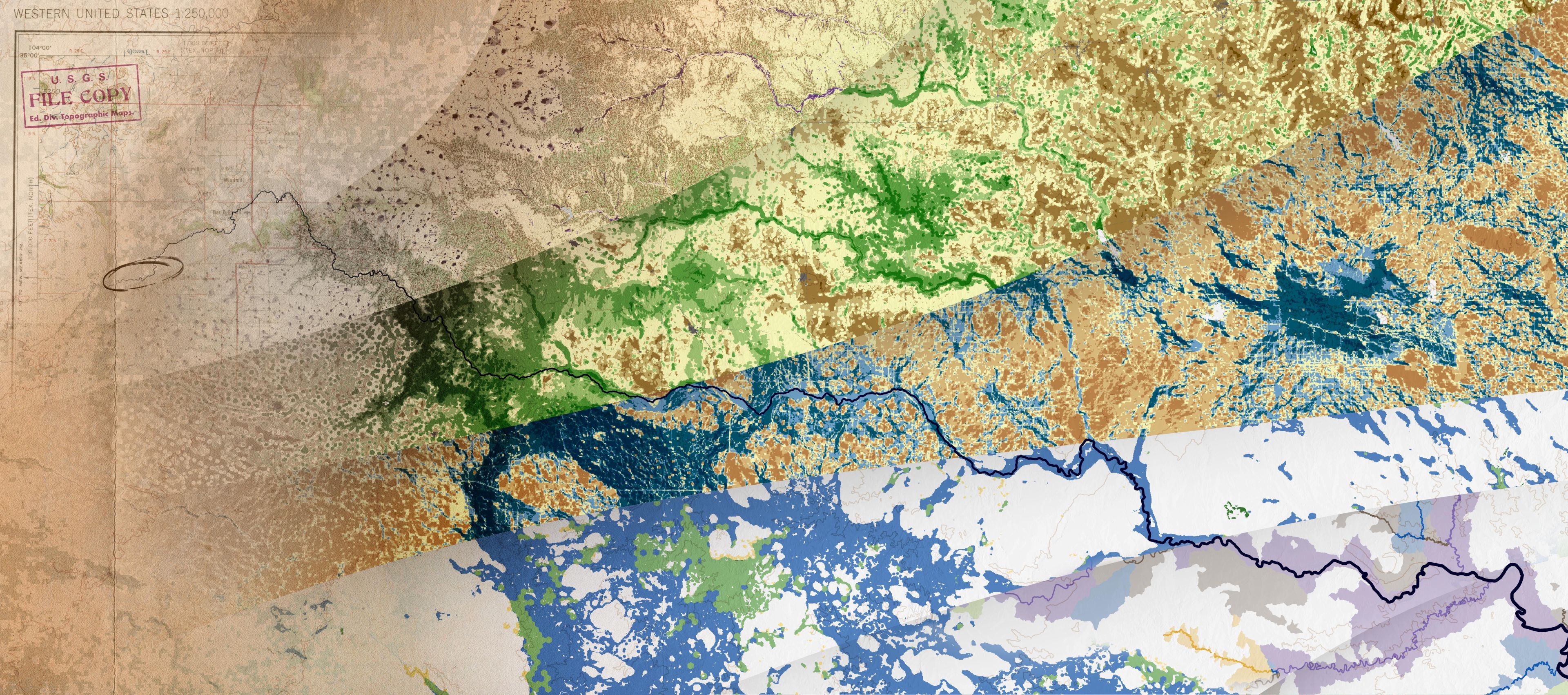
Geospatial Annual Report Digital Companion
Discover the integral role of geospatial mapping technologies in prioritizing conservation science to achieve our goals and earn the best return on conservation investments around the world. About the Latest Report
